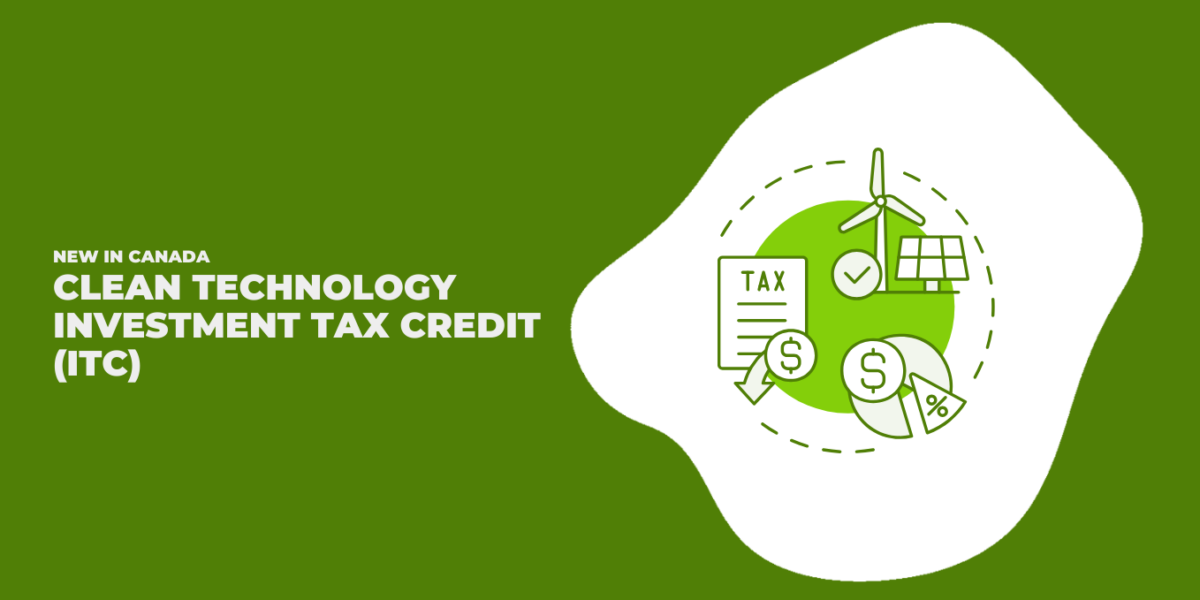New tax credits for investments made towards clean energy technology, proposed by Ottawa in its fall economic statement, are slated to have a massive impact on the industry.
Like Biden’s Inflation Reduction Act, the proposed tax credit would provide financial support through a tax credit for investments made in electricity generation systems.
Projects such as small modular nuclear reactors, systems that depend on wind, water, and solar, storage systems such as batteries, low-carbon heat equipment, and industrial zero-emission vehicles used in mining or construction could all be eligible for up to a 30% tax credit under the proposed plan.
Interestingly, the tax credits were announced a day after the federal government was warned by representatives from Canada’s automotive, steel, and manufacturing sectors that the U.S. Inflation Reduction Act could result in fewer manufacturing jobs for Canadians since investment capital is being drawn south of the border.
The Inflation Reduction Act will pour billions into the American clean energy sector, and Canada felt the pressure to act too or risk being left behind.
Investments in the production of clean hydrogen would be eligible for an even greater tax credit of 40%, and the credit could be available from the first day of next year’s federal budget through to 2035.
This significant investment in clean energy technology and clean hydrogen will hopefully make Canada attractive to businesses producing the energy to power a net-zero global economy.
Although details are still forthcoming, the Canadian government did say electric generation systems that would be eligible include solar PV, small modular nuclear reactors, concentrating solar power (CSP), wind, hydroelectric, tidal, and wave power.
For companies to be eligible for the highest tax-credit levels, they will need to meet labour conditions such as paying wages in accordance with market conditions and offering training opportunities to workers.
The Canadian tax credit system may function differently than the Inflation Reduction Act, which includes a mix of tax incentives, grants, and loan guarantees all aimed at accelerating clean energy and clean transportation movements.
However, coupled with provincial incentives, the Canadian system could still offer investors comparable funding options for their clean energy projects.
The Canadian government has made a big move towards closing the competitive gap that the U.S. Inflation Reduction Act legislation’s $369 billion of climate spending and investment was set to generate.
The tax credit announcement was a timely one, with many countries trying to find solutions to offset China’s dominance over the supply chain for solar panels and batteries for EV vehicles.
Canada also raised the bar that foreign investors must clear to participate in the country’s critical minerals industry. The country has the natural resources to power the global net-zero transition, and the tax credit was a momentous step in solidifying Canada’s desirability to businesses.
With more assets on the way, will you be ready?
More renewable assets are coming, which means larger clean energy portfolios.
It’s time to get serious about portfolio management software solutions that can take your investments to the next level.
Request a demo, and we’ll show you how PowerHub can help.




